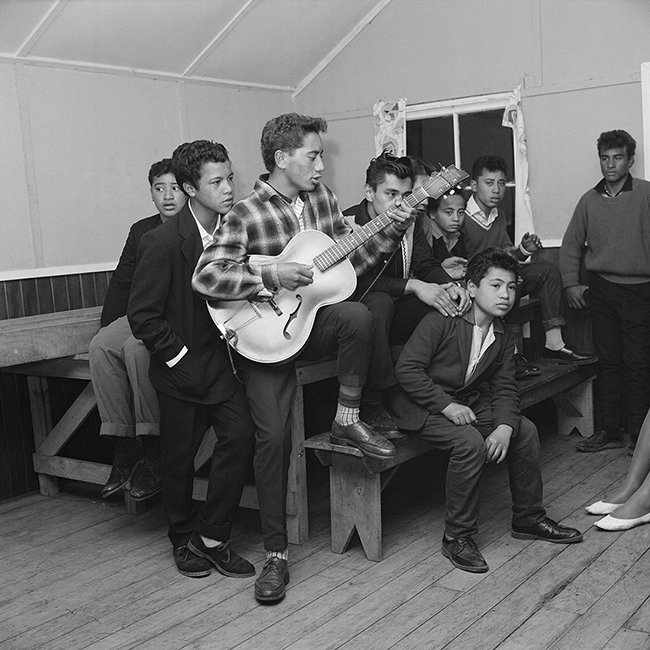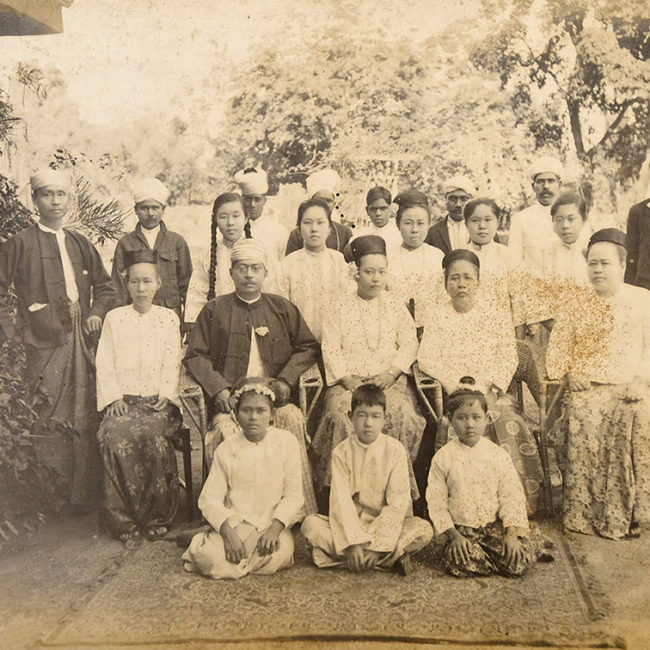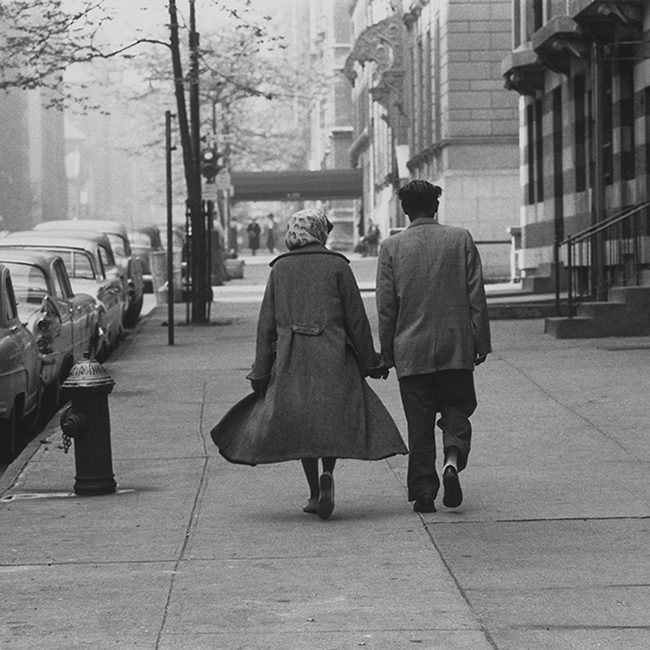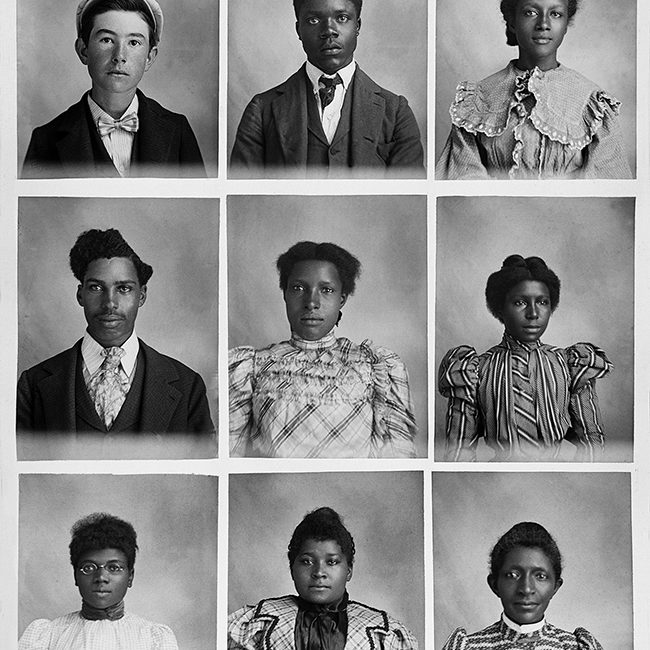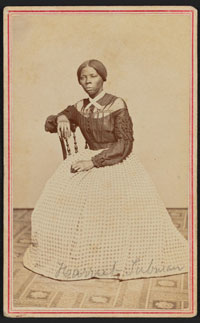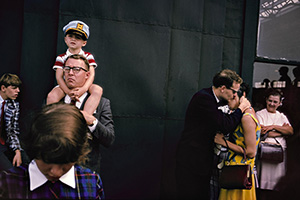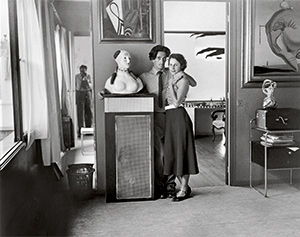For centuries, people have immigrated to the U.S. And for centuries, immigration is a topic that has divided the country. What is considered the first general law addressing immigrants was passed in 1882. It imposed a tax on non-citizens entering American ports and restricted certain people from crossing the country’s borders, such as criminals and the mentally ill. Prior to 1882, two laws were passed aimed at Asians (one singularly at Chinese). These first laws laid the foundation for the regulations on immigration that the U.S. now debates on a daily basis in televised newsrooms, the newspaper, social media, in living rooms, and more.
A selection of photographs reflecting immigrants’ perspectives on their new, often hostile, and unfamiliar country –– the U.S. –– is currently on view at the George Eastman Museum. Displayed in the History of Photography Gallery, the exhibition is a chronological exploration of photographs created by immigrants to the U.S., many of whom became naturalized citizens.
Curated by Meghan L. Jordan, curatorial assistant, with Jamie M. Allen, Stephen B. and Janice G. Ashley Associate Curator, the installation highlights the pictorial vision and insight brought to America by newcomers.
Pulled from the museum’s private collection, the exhibition features photographs by Napoleon Sarony (American, b. Canada, 1821-1896) and José Maria Mora (American, b. Cuba, 1849-1926), competitive contemporaries who dedicated their careers to making portraits of notable Americans. A forerunner to the paparazzi, Sarony became internationally renowned for his celebrity portraits of personalities including Oscar Wilde, Samuel Clemens (Mark Twain) and stage actor Sarah Bernhardt. Around 1875, Mora captured the soldier and showman “Buffalo Bill” Cody in his New York City studio. Alexander Gardner (American, b. Scotland, 1821-1882), who photographed the American Civil War and Abraham Lincoln, is perhaps the most well known artist in the exhibition.
Arnold Genthe (American, b. Germany, 1869-1942) recorded the chaotic aftermath of the 1906 San Francisco earthquake, while Andreas Feininger (American, b. France, 1906-1999) photographed the bright lights of Times Square in the 1940s.
Marion Palfi (American, b. Germany, 1907-1978) was a social documentary photographer whose work centered around equity, opportunity and justice for all. In her photo book There is No More Time: An American Tragedy, Palfi documented racism and segregation in Irwinton, Georgia. While making the images for the book, she photographed the widow of Caleb Hill, the victim of the first reported lynching of 1949. The haunting portrait, which is included in the exhibition, is black and white and uses hard light to accentuate the mournful face of Mrs. Hill.
Binh Danh (Vietnamese-American, b. 1977) turns his lens on the region of the world from which he emigrated and uses photography to investigate his Vietnamese heritage and collective memories of war, specifically in Vietnam and Cambodia.
– Sarah Stacke
“A History of Photography“
George Eastman Museum
Through April 19, 2020
Related Articles:
A First-Generation Immigrant’s Passage to Photography
Hijabs and Hoodies
Chinese Immigrants in New York
